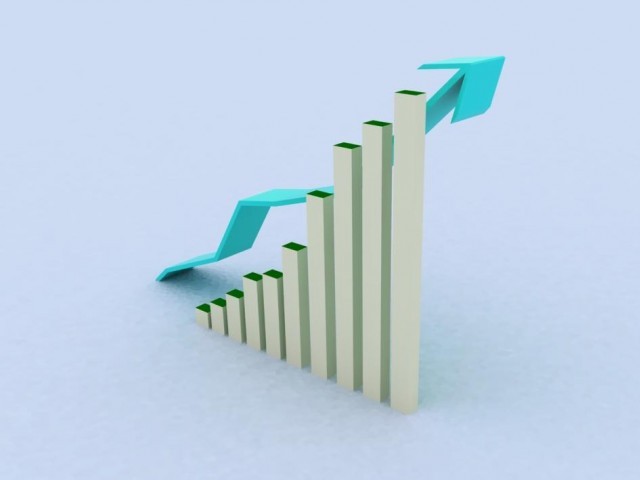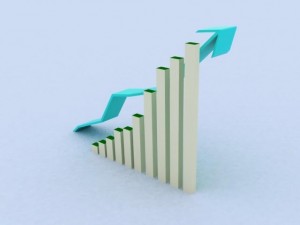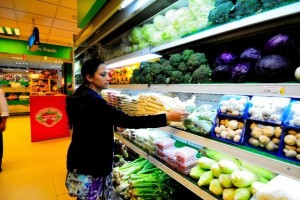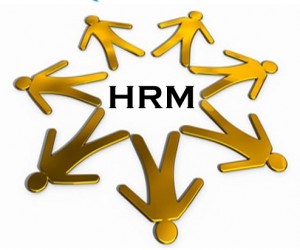“India outpaces developing world in inflation rankings.”
“Indian inflation-Bringing tears to Indians’ eyes.”
These are the headlines which have been greeting us Indians almost every time we open a newspaper or surf through news channels. And that too with good reason, India is facing the one of the highest inflation rates in the world, when other countries, especially the developed ones are grappling with recession or low growth rates. Inflation is defined as the a general and sustained rise in prices. The wholesale price index (WPI) inflation averaged 7.1 per cent in 2003-04 to 2007-08 as compared with 5.5 per cent per annum in 2008-09 to 2013-14. So what are the causes of inflation in India?
Indian inflation is a result of both demand pull and cost push factors. Rising aggregate demand (that is the sum total of the demand for goods and services) has not met with rising aggregate supply (that is the sum total of the supply of goods and services), instead supply side constraints are a common feature of the Indian economy. We have faced double digit inflation figures in the past, the most recent period being Mar 2010-Jul 2010. The following table shows such episodes of double digit inflation in India.
High Inflation Episodes in India
|
Sr. No. |
Period |
No. of Months of Double digit inflation |
Causal Factors |
| 1. | Apr-56 to Feb-57 |
11 |
Drought and decline in agricultural output for two consecutive years Demand pressures, especially investment demand |
| 2. | Aug-64 to Feb-65 |
7 |
Indo-Pak War Drought |
| 3. | Mar-66 to Nov-67 |
21 |
Drought for two successive years Rupee devaluation |
| 4. | Oct-72 to Mar-75 |
30 |
Drought Indo-Pak War First oil price shock Higher global grain and metal prices Large Monetary Expansion even as output decelerated |
| 5. | Jun-79 to Aug-81 |
26 |
Drought Second oil price shock Global inflation |
| 6. | Nov-90 to Jul-92 |
21 |
Drought Increase in the prices of administered items and excise duties Cumulative impact of large fiscal deficit 37 per cent rupee depreciation in 1991-92 |
| 7. | Mar-94 to May-95 |
15 |
Substantial hike in administered prices Shortfalls in the production of cash crops High fiscal deficit Large monetary expansion |
| 8. | Jun-08 to Oct-08 |
5 |
High global commodity prices Large credit expansion for 3 years |
| 9. | Mar-10 to Jul-10 |
5 |
Drought Administered price increases Reversal of global commodity prices after fall during global crisis |
Source: ‘Perspectives of Inflation in India’- Speech by Deepak Mohanty, Executive Director, Reserve Bank of India (RBI)
A perusal of the table shows drought to be the culprit in most high inflation episodes, with commodity price shocks* (a sudden change in the price, usually an increase in the case of oil), especially oil shocks sharing the responsibility. Supply shocks accompanied by high demand pressures such as high fiscal deficit, reflected in high money supply growth further accentuated inflationary pressures. Fiscal deficit led to high money supply growth and hence inflation through its automatic monetization till 1997. Automatic Monetization is the issuance of fresh money in the economy which causes prices to rise. Please refer to this article to know how a rise in money supply can lead to inflation: http://vskills.in/certification/blog/causes-of-inflation-part-1-demand-pull-inflation/ .However, wide ranging economic reforms and liberalization initiated in the 1990s brought about fiscal consolidation, discontinuation of the practice of automatic monetization of the fiscal deficit and market determined exchange rate system (that is our currency, the rupee is now priced according to demand for it and supply of it in the foreign exchange market). All these measures improved our underlying macroeconomic framework, which was mirrored in the drop in the long term inflation trend and reduction in inflation rate volatility. The table above shows how of double digit inflation came down below 5.5% in the last decade.
|
Decades |
WPI(Inflation Rate) | CPI-IW(Inflation Rate) | |
|
|
|||
|
1951-52 to 1960-61 |
1.9 |
2.1 |
|
|
1961-62 to 1970-71 |
6.2 |
6.5 |
|
|
1971-72 to 1980-81 |
10.3 |
8.3 |
|
|
1981-82 to 1990-91 |
7.1 |
9.0 |
|
|
1991-92 to 2000-01 |
7.8 |
8.7 |
|
|
2001-02 to 2008-09 |
5.2 |
5.3 |
Source: ‘Perspectives of Inflation in India’- Speech by Deepak Mohanty, Executive Director, RBI
CPI: Consumer Price Index
*Please refer to this article to know more about price shocks: http://vskills.in/certification/blog/causes-of-inflation-part-ii-cost-push-inflation/
Click here for government certification in Accounting, Banking & Finance





11 Comments. Leave new
“Indian inflation-bringing tears to indians eyes”..I totally agreed from this statement. Very well explained..Good job!
Inflation is mostly harmful for the economy. In context of inflation in India, the country has managed to recover itself from most of the setbacks well in time and the Indian economy is on the verge of becoming one of the strongest economies. The evidences used in the post have done a great job. Well done.
Very precise and informative
Informative..!
nice one.
Stats give a codified info.. well done
Very Well written 😀
Informative 🙂
precise!
great work..
Great effort